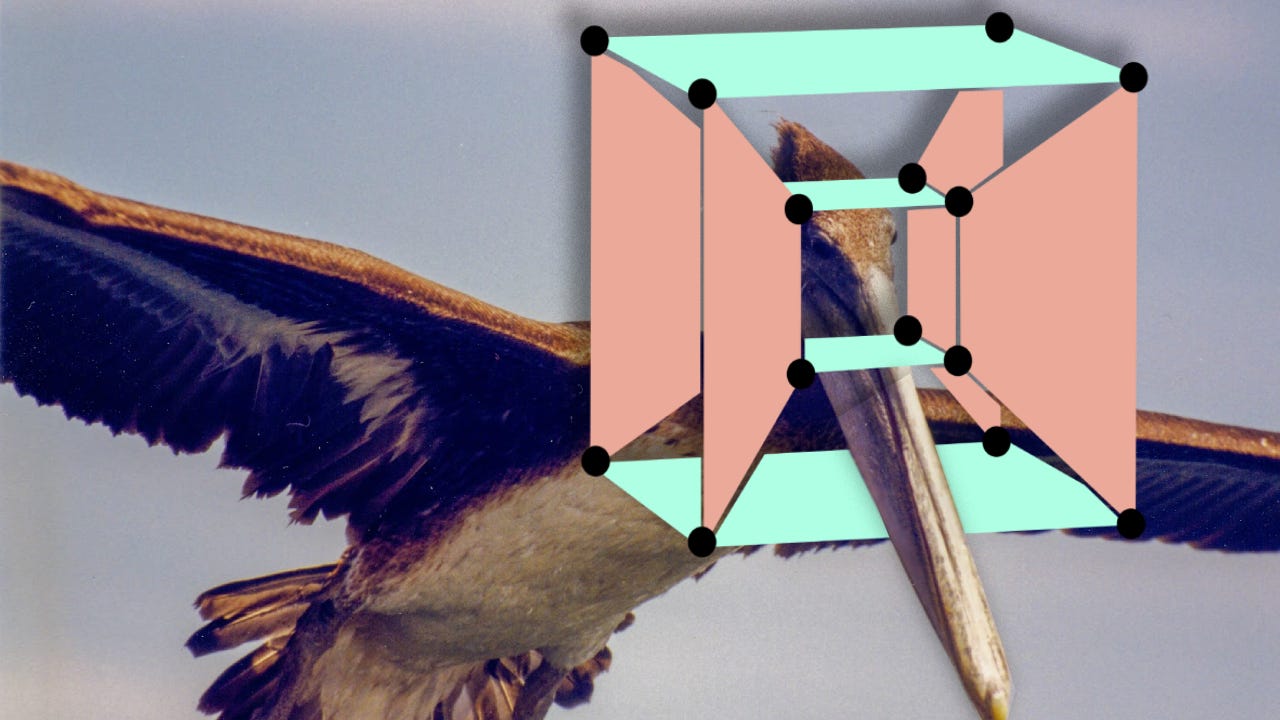Predicting Ecosystem Niches: Dimensional Math Meets Evolutionary Lines
How can geometry and evolutionary history help predict how an ecosystem will be affected by climate change?
In ecology, a niche represents the unique role an organism plays within its environment. For instance, the Vampire Ground Finch (Geospiza septentrionalis), native to the Galápagos Islands, occupies a niche by being prey to predators like the Galápagos Hawk and island snakes. It scavenges for food sources such as seeds, eggs, nectar, and, on occasion, feeds on the blood of other birds. No two species can occupy the same niche indefinitely; one will inevitably outcompete the other.
“Conceptual debates over what a niche is had for several decades obscured the issue of how to measure one,” says Benjamin Blonder, Associate Professor at Berkeley.
Modern methods of measuring ecological niches apply geometric concepts, where each role an organism can play within an ecosystem is plotted on a graph. Imagine a three-dimensional cube: one axis could represent a bird’s activity period, another could indicate its size, and a third could define the size of its prey. By plotting individual species within this 3D space, ecologists can better understand their niche patterns.
“The challenge,” Blonder notes, “is that a niche likely has many dimensions, and the mathematics become complex very quickly. Thinking about the geometry of a high-dimensional object is fundamentally different from thinking about a low-dimensional one.”
Geometric niche modeling is manageable when examining two or three variables, but once additional dimensions are introduced, the complexity of both calculation and visualization increases significantly.
A recent study by Sharma, Shubhi, et al. explores these higher n-dimensional environmental niche models, incorporating evolutionary history (past niches filled by ancestors), and utilizing the Latent Gaussian Process to statistically describe variation over time.
By examining the evolutionary paths species have taken, scientists can geometrically estimate which niches they might occupy under new environmental conditions. For example, closely related species that have historically adapted to similar climates may continue to evolve in parallel ways, finding similar ecological opportunities even as ecosystems change. This approach highlights the importance of understanding both current ecological roles and the evolutionary trajectories that shape them, especially when looking towards niche shifting as a result of climate change.
Journal References
Sharma, Shubhi, et al. "Measuring the evolution of n-dimensional environmental niches." Authorea Preprints (2024).
Chen, Daniel, Alex Laini, and Benjamin Wong Blonder. "Statistical inference methods for n‐dimensional hypervolumes: Applications to niches and functional diversity." Methods in Ecology and Evolution 15.4 (2024): 657-665.
External Links
https://benjaminblonder.org/2014/02/26/the-ecological-niche-and-the-n-dimensional-hypervolume/
Image Credits
Tesseract diagram: Tomruen, CC BY-SA 4.0, via Wikimedia Commons.
Bird cartoon graphic are within the terms of use by Irasutoya.
Painting: Two Gulls and Cliffs, Louis M. Eilshemius, 1941, Public Domain.
Pelican Photo: Pierre Giroud 2024, copyright provided to Kai Medina.
Current Event Questions for Educators
How does the concept of an ecological niche help us understand species interactions within an ecosystem?
In what ways does geometric modeling of ecological niches help scientists visualize species roles within an ecosystem? How might these models change when considering additional dimensions like evolutionary history?
Discuss the implications of niche conservatism and niche divergence. How do these concepts relate to species survival when faced with climate change?
Further Research: How might geometric niche modeling techniques be applied to predict human impacts on biodiversity and ecosystem services?



